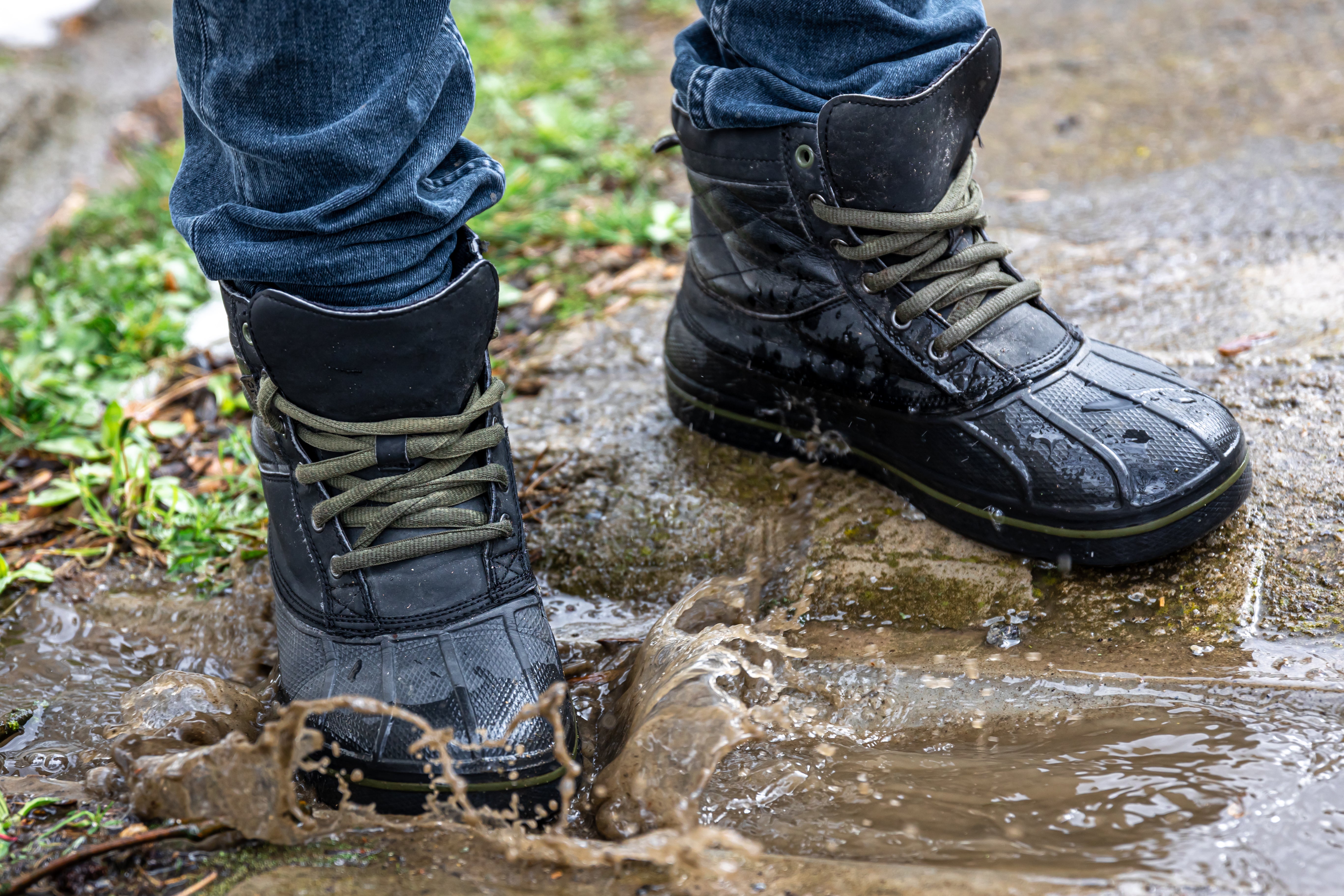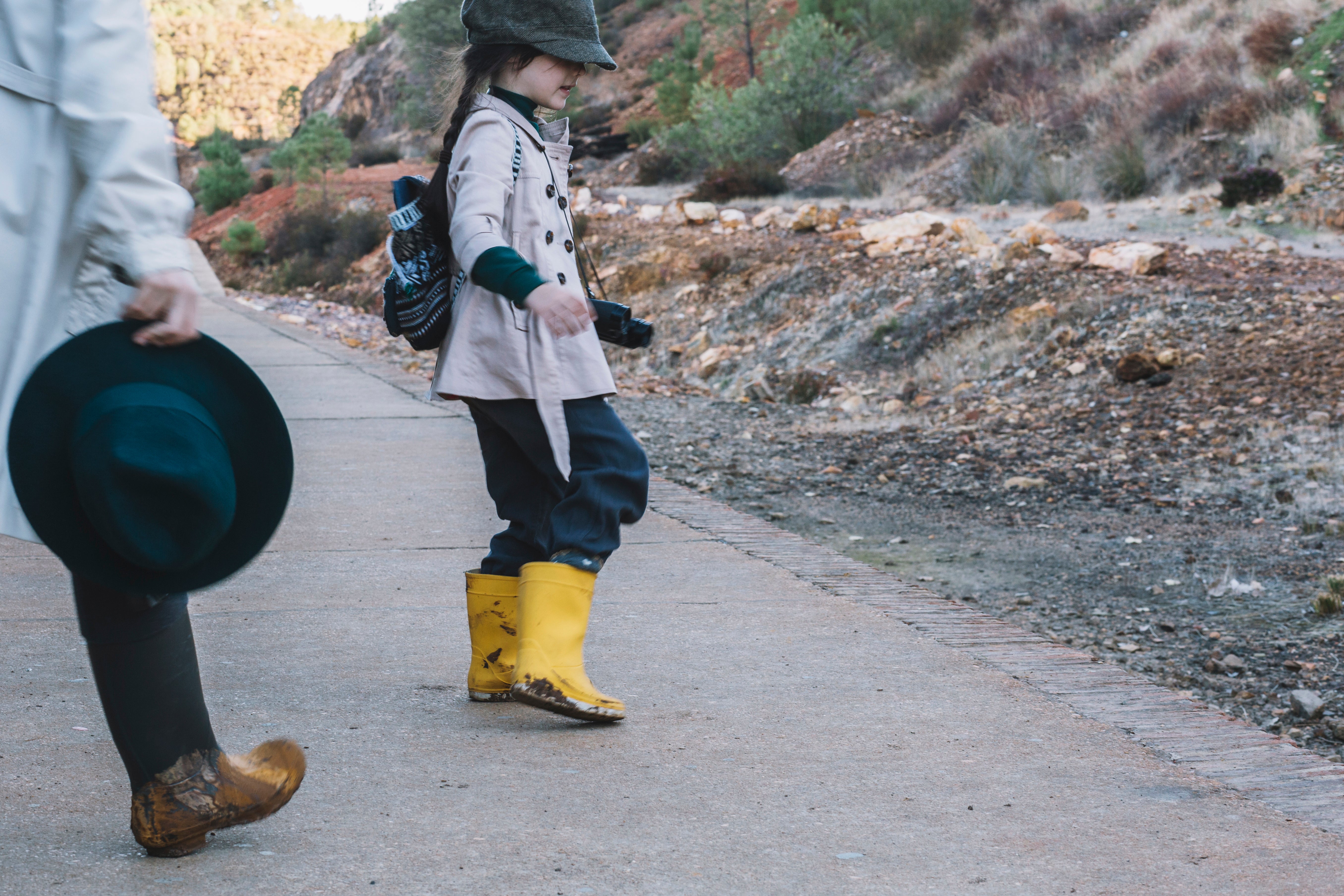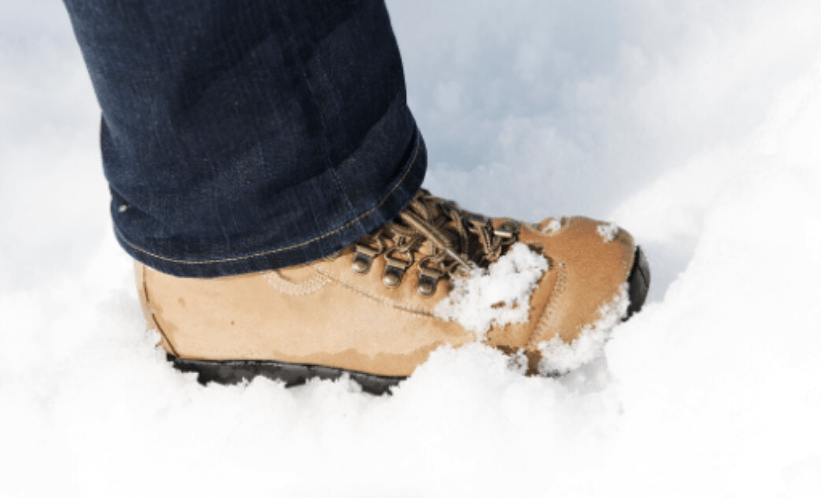Thinsulate in Boots: Keeping Your Feet Warm and Cozy
Introduction
When winter arrives and temperatures drop, there's nothing better than slipping into a pair of cozy, warm boots to protect your feet from the chilly weather. Among the various insulating materials used in footwear, Thinsulate stands out as a popular choice for its exceptional warmth and comfort. In this article, we will explore the benefits of Thinsulate in boots and how it works to keep your feet snug and toasty even in the harshest winter conditions.
Table of Contents
- What is Thinsulate?
- How Thinsulate Works in Boots
- Advantages of Thinsulate Insulation
- Choosing the Right Thinsulate Level for Your Needs
- Thinsulate vs. Other Insulation Materials
- Taking Care of Thinsulate Boots
- Thinsulate Boots for Different Activities
- Thinsulate and Sustainable Footwear
- Thinsulate: A Brief History
- Frequently Asked Questions (FAQs)
What is Thinsulate?
Thinsulate is a type of synthetic thermal insulation material developed by the 3M Company. It was first introduced in the 1970s and has since become a leading choice for cold-weather apparel, including boots. Thinsulate is known for its lightweight and compact structure, making it ideal for footwear without adding bulk or restricting movement. We dive more into this: Here
How Thinsulate Works in Boots
Thinsulate's unique microfibers are much thinner than traditional insulation materials, which allows them to trap more air molecules and provide superior warmth. The microfibers work by creating tiny air pockets within the insulation, effectively locking in body heat and preventing cold air from penetrating the boots. This advanced technology ensures that your feet stay warm and comfortable, even in freezing temperatures.
Advantages of Thinsulate Insulation
-
Exceptional Insulation: Thinsulate offers excellent warmth-to-thickness ratio, providing maximum insulation with minimal bulk.
-
Moisture Management: Unlike natural materials such as down, Thinsulate retains its insulating properties even when exposed to moisture, keeping your feet dry and cozy.
-
Breathability: Thinsulate allows air to circulate within the boots, preventing overheating and perspiration.
-
Versatility: Thinsulate can be used in various boot styles, from heavy-duty winter boots to sleek and stylish designs.
Choosing the Right Thinsulate Level for Your Needs
Thinsulate insulation comes in different levels, typically measured in grams per square meter (g/m²). The higher the grams, the more warmth the insulation provides. The right level of Thinsulate for you depends on the average temperatures you will encounter and your activity level.
-
200-400 g/m²: Suitable for milder climates and everyday use.
-
600-800 g/m²: Ideal for cold winters and moderate outdoor activities.
-
1000 g/m² and above: Recommended for extreme cold and intense outdoor adventures.
Thinsulate vs. Other Insulation Materials
Thinsulate has several advantages over other insulation materials commonly used in boots. Let's compare:
-
Thinsulate vs. Down: Unlike down, Thinsulate retains its insulating properties when wet and dries faster.
-
Thinsulate vs. Felt: Thinsulate is thinner and lighter than felt, providing the same warmth with less bulk.
-
Thinsulate vs. Synthetic Insulation: Thinsulate's microfibers create more air pockets, offering better heat retention.
Taking Care of Thinsulate Boots
To ensure the longevity and effectiveness of your Thinsulate-insulated boots, follow these care tips:
-
Regular Cleaning: Keep your boots clean from dirt and debris that might affect the insulation.
-
Drying Properly: If your boots get wet, dry them thoroughly to maintain their insulating properties.
-
Storage: Store your Thinsulate boots in a dry and cool place when not in use.
Thinsulate Boots for Different Activities
Thinsulate boots are available in various styles, each tailored to specific activities:
-
Casual Boots: Perfect for everyday wear and light outdoor activities.
-
Hiking Boots: Designed for hiking and trekking adventures.
-
Snow Boots: Ideal for snow sports and activities in freezing conditions.
-
Work Boots: Insulated boots for professionals working in cold environments.
Thinsulate and Sustainable Footwear
As sustainability becomes more critical, manufacturers are incorporating Thinsulate into eco-friendly footwear. Recycled Thinsulate materials are being used to create insulated boots with reduced environmental impact.
Thinsulate: A Brief History
Thinsulate was initially developed to address the shortcomings of traditional insulation materials. Its success in providing superior warmth without bulk made it a game-changer in the footwear industry. Today, Thinsulate continues to evolve with new innovations in insulation technology.
Conclusion
Thinsulate insulation has revolutionized the way we keep our feet warm during winter months. Its lightweight, breathable, and moisture-resistant properties make it a top choice for boots in various settings. So, whether you're strolling around the city or embarking on an arctic adventure, Thinsulate-insulated boots will keep your feet cozy and comfortable.
FAQs
-
Is Thinsulate only used in boots? Thinsulate is also used in various other products, such as jackets, gloves, and hats, to provide warmth and comfort.
-
Can I use Thinsulate boots in extremely cold conditions? Yes, Thinsulate boots with higher insulation levels are suitable for extreme cold conditions.
-
Are Thinsulate boots machine-washable? It's best to refer to the manufacturer's care instructions, as some Thinsulate boots may require specific cleaning methods.
-
Do Thinsulate boots cost more than regular boots? Thinsulate boots may have a slightly higher price tag, but their exceptional performance in keeping your feet warm justifies the investment.
-
Can Thinsulate be recycled? Yes, Thinsulate can be recycled, making it a more sustainable choice for eco-conscious consumers.





Leave a comment
All comments are moderated before being published.
This site is protected by hCaptcha and the hCaptcha Privacy Policy and Terms of Service apply.